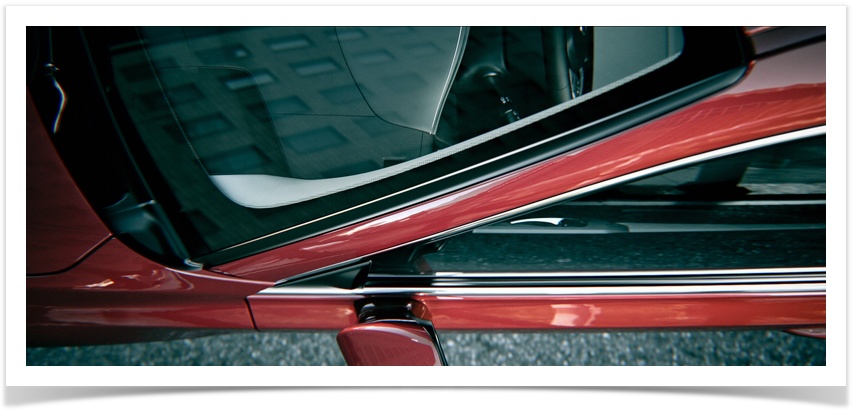Dan Abrams, http://folio.superbaka.com
Working with material "Types" vs the advanced material editor
In Maxwell V3 we introduced the concept of material Types, which use a reduced set of intuitive parameters that greatly simplify and speed up the material creation process. These are the current simplified Types available:
- Metal
- Opaque (any kind of opaque diffuse or shiny materials such as solid plastics, shiny wooden floors, concrete etc.)
- Transparent (all transparent glass and plastic materials which are not translucent - ie, they do not have sub surface scattering)
- Translucent (all transparent and semi transparent materials which are translucent - plastics, marble, milk)
- Car paint (for creating multilayered paints such as metallic car paint)
- Cloth (useful for velvet, satin, and any other types of cloth)
- AGS (special transparent material useful for speeding up interior renders - see the Architectural Glass Solution (AGS) page for details)
Besides these simplified types there are also 3 general material "categories":
- Emitter (for creating light emitting materials and light projectors)
- Custom (this simply switches the material editor to the advanced version)
- MXM Reference (lets you load an external standalone Maxwell material file - MXM).
A word on "color" when creating materials
When you specify a color via the UI, Maxwell takes that RGB input and converts it into "spectral space", meaning it treats the "color" values as wavelengths of electromagnetic radiation, having different amounts of energy. The range of possible energy values reflected off an object or transmitted through it, is much greater in the real world than the 0-255 range of an RGB color picker. It is therefore important to remember that when you specify a color, having a certain brightness, you are also defining how much energy that color has, not just its hue. A brighter color will have greater energy than a dark one. This is important both for creating reflective solid materials, and transparent materials.For example a material with the same hue of red but with varying values (brightness) will produce varying degrees of transparency because the brighter version of the hue contains more energy.
It will be much easier to control the material parameters in Maxwell if you separate in your mind the hue of a color and it's value (brightness). It will be easier if you choose the HSV (Hue, Saturation, Value) mode of your color picker if the UI allows it (The Maxwell Studio color picker has this mode).
